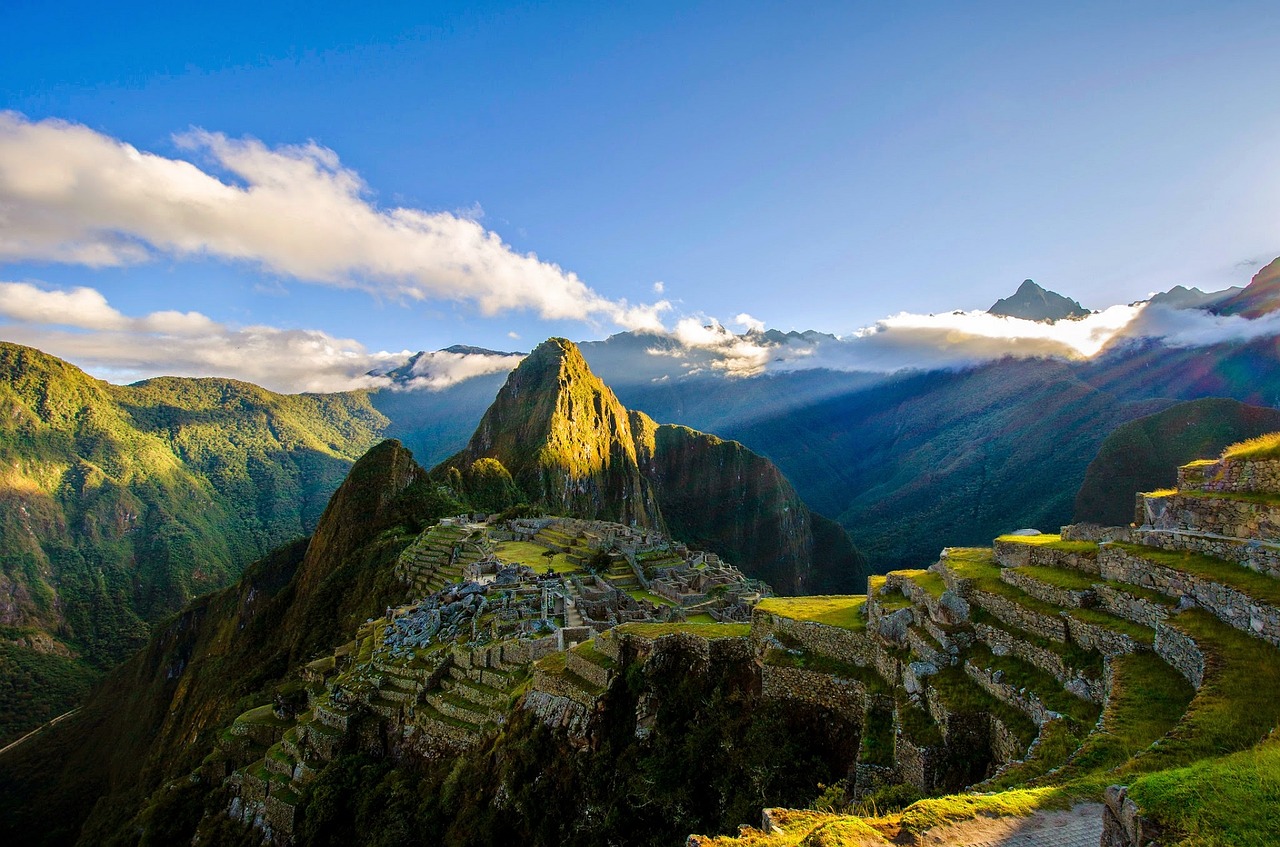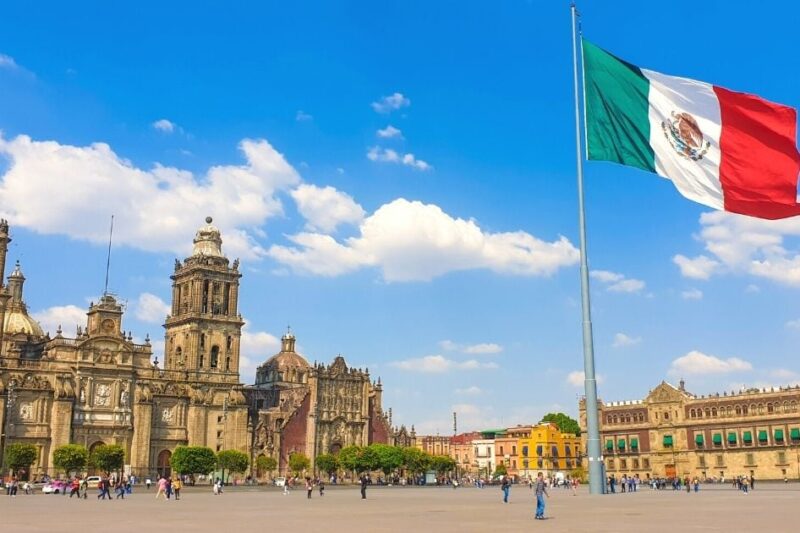NOT JUST THE THING OF THE PAST
All the Roads lead to Rome
- Information
- Tour Plan
- Gallery
- Reviews
- Additional Info
- Similar Tours
What's included
- A guided tour of important places
- Accommodation in single twin share room
- All meals included
- Entrance tickets to monuments and museums
- Observation and participation in allowed activities
- Porterage for a maximum of two bags per person
- Professionally guided tour
- Transport to & from hotel
- Departure Taxes or Visa handling fees
- Excess baggage charge
- International Air, unless expressly paid for
- Services not specifically stated in the itinerary
- Tips to guide and driver
- Visa arrangements

Historical Legacies
The result of 3000 years of ad hoc urban development, Rome’s cityscape is an exhilarating spectacle. Ancient icons such as the Colosseum, Roman Forum and Pantheon recall the city’s golden age as caput mundi (capital of the world), while its many monumental basilicas testify to its historical role as seat of the Catholic Church. Lording it over the skyline, St Peter’s Basilica is the Vatican’s epic showpiece church, a towering masterpiece of Renaissance architecture. Elsewhere, ornate piazzas and showy fountains add a baroque flourish to the city’s captivating streets.

Artistic Riches
Few cities can rival Rome’s astonishing artistic heritage. Throughout history, the city has starred in the great upheavals of Western art, drawing the top artists of the day and inspiring them to push the boundaries of creative achievement. The result is a city awash with priceless treasures. Ancient statues adorn world-class museums; Byzantine mosaics and Renaissance frescoes dazzle in the city’s art-rich churches; baroque facades flank medieval piazzas. Walk around the centre and without even trying you’ll come across masterpieces by the giants of Western art – sculptures by Michelangelo, canvases by Caravaggio, Raphael frescoes and fountains by Bernini.

Living the Life
A trip to Rome is as much about lapping up the dolce vita lifestyle as gorging on art and culture. Idling around picturesque streets, whiling away hours at streetside cafes, people-watching on pretty piazzas – these are all an integral part of the Roman experience. The tempo rises as the heat of the day gives way to the evening cool and the fashionably dressed aperitivo (pre-dinner drinks) crowd descends on the city’s bars and cafes. Restaurants and trattorias hum with activity and cheerful hordes mill around popular haunts before heading off to cocktail bars and late-night clubs.

Roman Feasting
Eating out is one of Rome’s great pleasures and the combination of romantic alfresco settings and superlative food is a guarantee of good times. For contemporary fine dining and five-star wine there are any number of refined restaurants, but for a truly Roman meal head to a boisterous pizzeria or convivial neighbourhood trattoria. These are where the locals go to dine with friends and indulge their passion for thin, crispy pizzas, humble pastas, and cool white wines from the nearby Castelli Romani hills. Then to finish off, what about a gelato followed by a shot of world-beating coffee?
- Day 1
- Day 2
- Day 3
- Day 4
- Day 5
Santa Maria Maggiore
Santa Maria Maggiore is one of the four Patriarchal Basilicas of Rome. Its construction was ordered by Pope Liberio who – they say – on August 5th 356 saw the Virgin Mary in his dreams. She indicated him where to construct the church through a snow fall that happened on the Esquilino Hill (this is the reason why the church is also called by the second name of Saint Mary “ad Nives”, of the Snows). It seems, however, that the actual Santa Maria Maggiore Basilica was built under Sisto III who erected it and dedicated it to Mary’s motherhood, just after the Council of Efeso in 431. Source: rome.info
Collosseum
The Roman Colosseum or Coliseum, originally known as the Flavian Amphitheatre, was commissioned in AD 72 by Emperor Vespasian. It was completed by his son, Titus, in 80, with later improvements by Domitian. The Colosseum is located just east of the Roman Forum and was built to a practical design, with its 80 arched entrances allowing easy access to 55,000 spectators, who were seated according to rank. The Coliseum is huge, an ellipse 188m long and 156 wide. Originally 240 masts were attached to stone corbels on the 4th level.
Circo Massimo
To an untrained eye the Circus of Maxentius just looks like a vast green pasture where locals jog or take their dogs for a walk, but in ancient times this oblong ground was, as its name indicates, Rome’s most famous and by far oldest circus. The Circus of Maxentius was an arena for various kinds of sports and athletic competitions, although it gained fame mainly for its chariot races which often lasted from the early morning to dusk, with as many as one hundred held a day. It could hold up to between two hundred and fifty thousand and three hundred thousand spectators either seated or standing.
Piazza Venezia
Located almost in the 'geometric centre' of Rome (after a complex series of reconstructions), Piazza Venezia was named after the Cardinal Venezia who, in 1455, ordered the construction of his own Palace (Palazzo Venezia) that later became the seat of 'Serenissima' (Republic of Venice). Close to the palace we can find Palazzetto Venezia that was reconstructed in 1882 and placed in the current location. On the square, opposite to the palace we can observe the building of Assicurazioni Generali (insurance company) that replaced old structures.
Sistine Chapel
Visit one of the most important art collections of the world. Admire the Gallery of Tapestries, and the Geographical Maps before arriving at the famous Sistine Chapel and the unforgettable Basilica! After the Sistine Chapel you will be taken, through an exclusive access to St. Peter’s Basilica. This tour includes no line entrance, guide and headsets. Tour in English available every day except Sundays and religious holidays at 10:45 from piazza del Risorgimento next to l'Ottagono bar.
More about this tour
For well over a millennium, Rome controlled the destiny of all civilization known to Europe, but then it fell into dissolution and disrepair. Physically mutilated, economically paralyzed, politically senile, and militarily impotent by the late Middle Ages, Rome nevertheless remained a world power—as an idea. The force of Rome the lawgiver, teacher, and builder continued to radiate throughout Europe. Although the situation of the popes from the 6th to the 15th century was often precarious, Rome knew glory as the fountainhead of Christianity and eventually won back its power and wealth and reestablished itself as a place of beauty, a source of learning, and a capital of the arts.
The ancient centre of Rome is divided into 22 rioni (districts), the names of most dating from Classical times, while surrounding it are 35 quartieri urbani (urban sectors) that began to be officially absorbed into the municipality after 1911. Within the city limits on the western and northwestern fringes are six large suburbi (suburbs). About 6 miles (10 km) out from the centre of the city, a belt highway describes a huge circle around the capital, tying together the antique viae (roads)—among them the Via Appia (known in English as the Appian Way), the Via Aurelia, and the Via Flaminia—that led to ancient Rome. Masses of modern apartment buildings rise in the districts outside the centre, where, by contrast, contemporary construction is less conspicuous.






There are no comments yet.